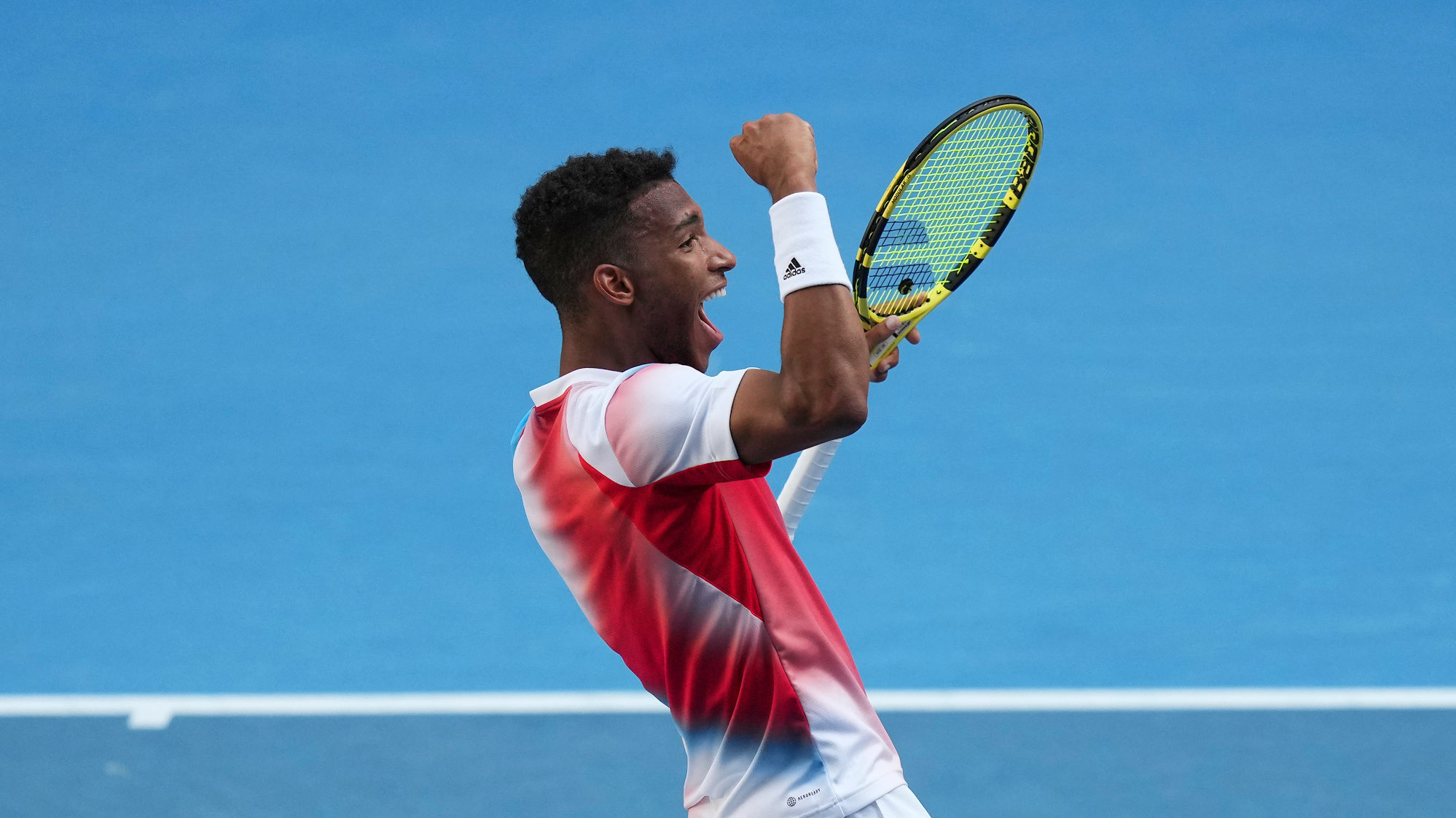As the 2024 tennis season wraps up, fans and analysts alike are looking ahead to what could be a pivotal era for the sport. With Grand Slam champions like Jannik Sinner and Carlos Alcaraz cementing their status as the next generation of stars, and Novak Djokovic experiencing a rare season without a Grand Slam title, the tennis world is brimming with anticipation for what comes next.
Here's ads banner inside a post
However, beyond individual achievements and rivalries, the conversation has shifted to broader changes that could reshape the very fabric of the game. According to tennis analyst Mike James, the coming years could bring about the most significant transformation the sport has seen in decades, from the format of matches to the equipment players rely on.
Jannik Sinner and Carlos Alcaraz: The Next Generation
The rise of Jannik Sinner and Carlos Alcaraz has set a new tone for men’s tennis. Sinner claimed his first Grand Slam title at the Australian Open and added a second at the US Open, defeating top-tier competition and showcasing his remarkable athleticism. Meanwhile, Alcaraz secured his first French Open title at Roland Garros and defended his Wimbledon crown against Djokovic in a thrilling final.
These young stars represent the evolution of tennis, combining power, precision, and creativity to push the boundaries of the game. As the torch passes from legends like Djokovic, Rafael Nadal, and Roger Federer, the future of tennis looks both dynamic and unpredictable.
Here's ads banner inside a post
The Decline of Five-Set Matches?
One of the most debated topics in tennis is the potential end of the five-set format at Grand Slam events. While best-of-five matches have been a hallmark of the sport’s history, offering epic battles and physical tests of endurance, there is growing speculation that the format might change to better suit the demands of modern players and audiences.
“Tennis is evolving, and the biggest change we might see in the near future is the shift away from five-set matches,” says analyst Mike James. “The question is whether this format still fits the modern game.”
James points out that all non-Grand Slam ATP and WTA events already use a best-of-three format, which shortens matches and reduces physical strain on players. “The game is faster and more intense now, and some players might benefit from less wear and tear,” he adds.
Here's ads banner inside a post
While purists argue that five-set matches are essential to preserving the sport’s tradition, others believe that reducing match lengths could attract younger fans with shorter attention spans and ensure the longevity of players’ careers.
The Tennis Ball Debate
Another contentious issue in the sport involves the equipment itself—specifically, the tennis balls used on the ATP Tour. Players like Daniil Medvedev, Taylor Fritz, and Alexander Zverev have voiced frustrations over inconsistencies in the balls, which they claim vary in weight, speed, and durability from week to week.
Medvedev criticized the balls during the ATP Finals, describing them as contributing to long rallies and creating challenges in maintaining physical health. “Every day, every match feels like a struggle,” Medvedev said. “These balls make it tough to enjoy being on the court.”
Fritz echoed this sentiment, pointing out how balls seemed to change characteristics between tournaments, even when labeled as the same brand. “There’s no way these are the same balls we played with last week,” Fritz remarked.
Zverev, meanwhile, raised concerns about player safety, arguing that poorly manufactured balls could lead to injuries. “Since COVID, the quality of tennis balls has dropped significantly,” he said. “Long-term health should be a priority.”
The Role of Technology in Tennis Evolution
The evolution of tennis isn’t limited to format and equipment; technology continues to play a critical role in shaping the sport. From advanced analytics to Hawk-Eye officiating systems, technology is enhancing both player performance and the viewing experience for fans.
James highlights how data analytics are transforming player strategies. “Coaches now have access to detailed data about opponents’ shot patterns, fitness levels, and match tendencies,” he explains. “This gives players an edge and helps elevate the quality of matches.”
However, the increased reliance on technology also raises questions about its potential to overshadow the human element of the game. For example, automated line-calling systems have sparked debates about whether they remove the drama and personality that human umpires bring to matches.
Preserving Tradition While Embracing Change
As tennis grapples with these potential changes, the challenge lies in balancing tradition with progress. Grand Slam tournaments, with their storied histories and iconic moments, serve as the foundation of the sport’s identity. Yet, as players push physical and mental limits, adjustments may be necessary to sustain the game’s growth.
“Every sport evolves,” James notes. “Look at how athletics has changed over the years. Records get broken, techniques improve, and equipment advances. Tennis is no different.”
The question, then, isn’t whether tennis will change, but how it will adapt while preserving the elements that make it unique. Whether it’s the reduction of five-set matches, the standardization of equipment, or the integration of new technology, the sport faces a defining moment in its history.
Looking Ahead to 2025
As the tennis world gears up for the 2025 season, all eyes are on the Australian Open, which kicks off on January 12. The tournament promises to bring together the best in the sport, including Sinner, Alcaraz, and Djokovic, who will look to reclaim his dominance after a challenging year.
Meanwhile, players and fans alike will continue to debate the future of tennis, from the length of matches to the role of technology. One thing is certain: the game is evolving, and its next chapter will be as thrilling as the last.
In the end, the story of tennis is one of constant evolution—a sport that honors its past while boldly embracing the future. As new stars rise and innovations take hold, the court remains a stage for greatness.

